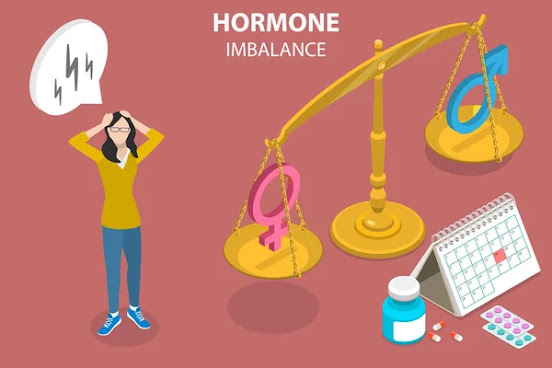Holiday Survival Guide: How to Get Through the Holidays With No Regrets

Let’s face it: it is hard to stick to a healthy eating and exercise plan during the holidays. Everywhere we turn there are tempting foods and drinks—from treats at office parties to our own traditional family favorites. When you add in a busy schedule filled with shopping and get-togethers that make it tough to squeeze in exercise, you have a recipe for disaster as far as our scales are concerned. The good news is that you really can get through the holidays without gaining weight. It will take some effort, but you will thank yourself a thousand times when January 1 st rolls around and you have no regrets! Your Goal: Maintenance In order to greet the New Year without tipping the scale, it is wise to try to maintain your weight during the next few weeks instead of trying to lose. Remember: you want to enjoy the holidays, not be miserable from deprivation. This means that you will allow yourself occasional treats and splurges and keep the scale where it is rath


